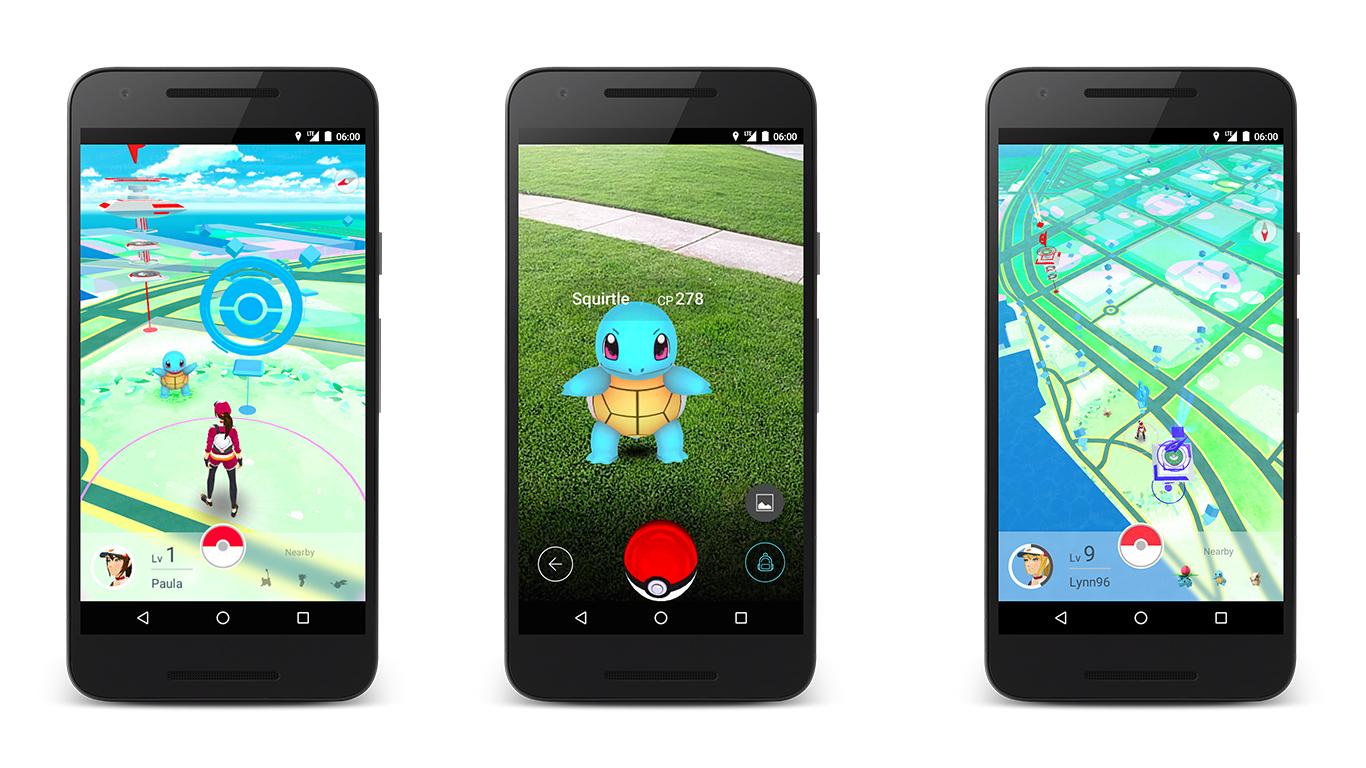By Neha Chollangi
Pokemon Go used augmented reality (AR) to create a massively popular app this summer, but Ryerson’s urban planning students are trying to bring AR into the world of urban planning.
A team of second-year master’s students recently finished a case study on the use of Pokemon Go to evaluate its application as a digital tool for municipal planning purposes. Using the popularity of Pokemon, the app transformed landmarks into popular gathering spots and created a fun intersection between the physical and virtual world.
The team also found from their research that the game created a strong community between players and drew them to new locations in the city that are rarely explored.
Pokemon Go is a game in which users travel to physical locations where they can then “capture” Pokemon, monsters with a variety of special powers and abilities.
The Ryerson team concluded that due to liabilities and accessibility issues, the app cannot be used by urban planners. Problems regarding a lack of overcrowding control and not receiving demographic data arose with using Pokemon Go for planning. Nevertheless, the team has several ideas about future of planning and AR.
Natalia Dmuchowska, a member of the team, said AR could be a way for people to quite literally visualize the future in terms of urban development and design.
“The most important aspect of AR is its ability to bring interaction between citizens, the government and urban planners,” Dmuchowska said.
Feedback from citizens is crucial within the industry of urban planning because the product of the job is what people live in—towns and cities. Apps like Pokemon Go are useful in relation to this because they have the potential to make people enthusiastic about planning and give feedback to planners.
Some practices of AR in urban planning may include specialists designing a virtual version of streets or buildings which citizens can view through an AR app. Visualizing the future of urban spaces and giving planners input can allow people to become an active part in planning.
The Ryerson team is exploring alternate uses of AR that could also involve audio in addition to visual graphics. The use of audio in AR has strong potential in being beneficial in terms of podcasts and voice guides.
The practical application of AR and other civic technologies is being increasingly integrated into Ryerson’s School of Urban and Regional Planning.
A few of the master’s students, including Laura Brown, predict the rise of popularity in AR is creating more urban planning jobs which specialize in technology.
Pamela Robinson, supervisor of the student team that studied Pokemon Go, said current planning courses at Ryerson teach students how the latest technology can be practically used in urban planning careers. Robinson teaches a course called civic technology which recently started to educate students on AR.











Leave a Reply